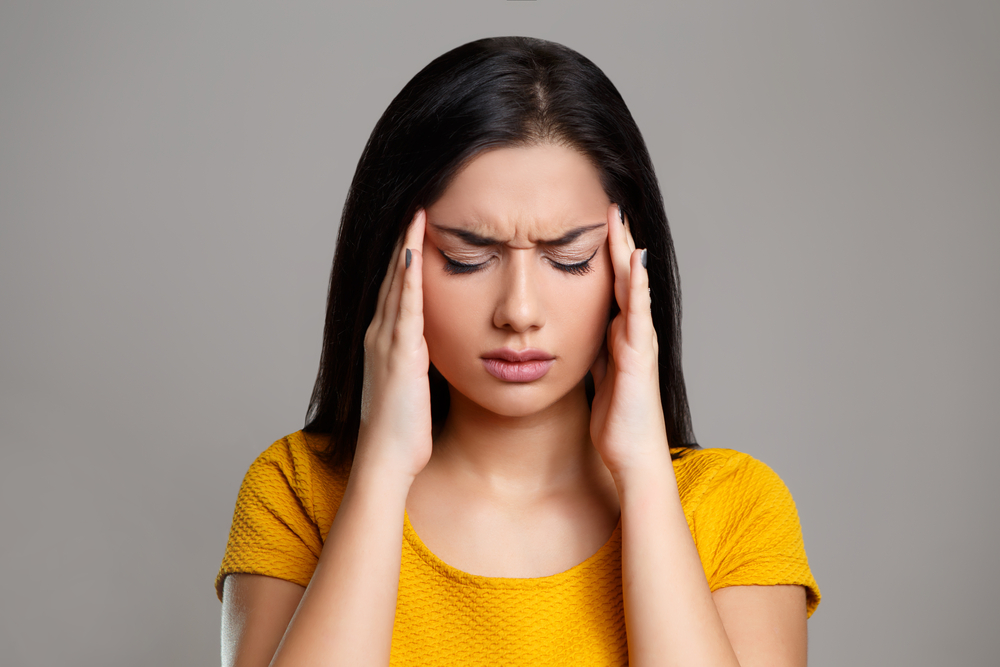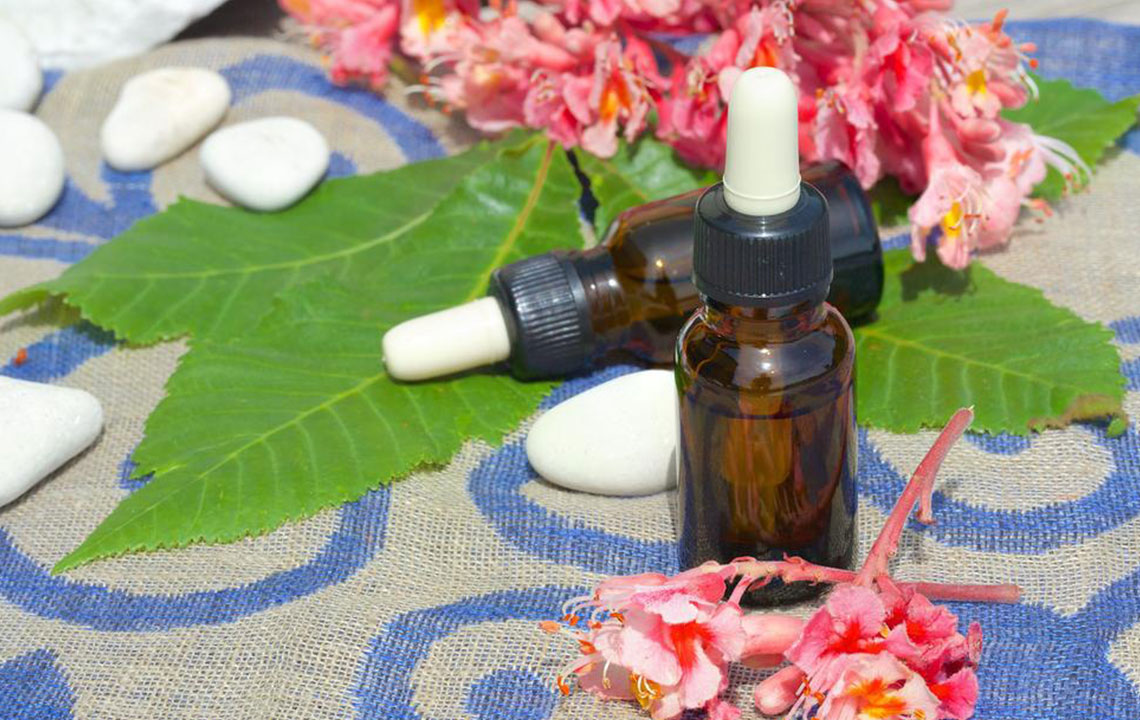Effective Natural Remedies to Relieve Migraines and Enhance Well-Being
Discover comprehensive natural strategies to effectively manage and prevent migraines. Explore remedies like essential oils, dietary management, herbal teas, massage, and yoga to reduce attack frequency and severity. A holistic approach to migraine relief can improve quality of life and promote overall well-being.

Effective Natural Remedies to Relieve Migraines and Enhance Well-Being
migraine episodes can be debilitating, affecting not only head health but also disrupting daily life with symptoms such as severe head pain, nausea, and heightened sensitivity to light and sound. Migraines are distinct from regular headaches due to their pulsating nature and are often accompanied by visual disturbances like flashing lights or aura. Recognizing early signs and employing natural strategies can significantly reduce the frequency and severity of migraine attacks. These holistic approaches focus on lifestyle adjustments, dietary management, and natural therapies, providing a safe alternative or complement to pharmaceutical treatments.
Understanding the nature of migraines and adopting effective, natural remedies can empower sufferers to regain control of their health and improve their quality of life. Here, we expand on proven strategies and practical tips to manage migraines naturally, catering to those seeking holistic health solutions.
Below are detailed insights into some of the most effective natural methods that can help alleviate migraine symptoms:
Lavender Essential Oil
Lavender oil is renowned for its calming and relaxing properties. Its soothing aroma has been utilized for centuries across various cultures to promote relaxation, reduce stress, and ease headaches. When experiencing early migraine symptoms, diffusing lavender oil in your living space can create a calming environment. Applying a few drops to the wrists, temples, or neck can provide quick relief. Additionally, adding lavender oil to warm baths can enhance circulation, relax tense muscles, and reduce the overall intensity of migraine episodes. Its properties also help improve sleep quality, which is crucial for migraine sufferers.
Diet Management and Food Triggers
Dietary habits are directly linked to migraine attacks. Certain foods and beverages act as triggers, exacerbating symptoms. Common culprits include fried foods, chocolates with high sugar content, MSG (monosodium glutamate), processed snacks, and alcohol, especially red wine. Keeping a detailed food diary allows individuals to identify personal triggers systematically. Once identified, avoiding or limiting these foods can lead to a marked decrease in migraine frequency. Emphasizing a balanced diet rich in fresh fruits, vegetables, whole grains, and lean proteins can stabilize blood sugar levels, reduce inflammation, and prevent migraines. Hydration also plays a vital role, as dehydration is a common headache trigger.
Peppermint Oil
The cooling effect of peppermint oil makes it an effective natural remedy for tension headaches and migraines. Its active compound, menthol, helps relax tense muscles and boost blood flow to the brain. Applying diluted peppermint oil to the forehead, temples, or back of the neck provides a cooling sensation that can soothe throbbing pain. Moreover, inhaling diffused peppermint scent can have a calming effect on the nervous system. Peppermint not only alleviates pain but also helps improve oxygen intake and circulation, thereby reducing associated symptoms like nausea and dizziness during migraine attacks.
Therapeutic Massage and Acupressure
Massage therapy has been a traditional approach in various cultures for managing headaches and promoting overall well-being. Gentle massaging of the neck, shoulders, and head reduces muscle tension and stimulates natural pain relief processes. Techniques like acupressure can target specific points that help release endorphins, which are natural painkillers. Regular massage sessions can improve circulation, decrease muscle stiffness, and balance hormones, all contributing to fewer migraine episodes. Additionally, self-massage techniques, especially focusing on specific trigger points, can be easily practiced at home to reduce the severity of attacks.
Feverfew
Feverfew is a traditional herbal remedy extensively used for migraine prevention. Containing parthenolides, feverfew helps stabilize blood vessel behavior, thereby reducing inflammation and preventing migraines. Consuming feverfew leaves directly, drinking tea infused with feverfew, or taking standardized supplements can offer relief. Clinical studies suggest that feverfew helps decrease the frequency and intensity of migraines over time. Its anti-inflammatory properties contribute to reducing the chemical triggers involved in migraine pathogenesis.
Ginger
A potent natural analgesic, ginger has been used traditionally to combat nausea, pain, and inflammation associated with migraines. Its anti-inflammatory compounds, such as gingerol, inhibit prostaglandins responsible for muscle contractions and pain signals. Consuming fresh ginger slices or brewing ginger tea can provide quick relief, especially when nausea coincides with migraine episodes. Ginger not only reduces pain but also alleviates gastrointestinal symptoms like nausea and vomiting, making it particularly useful during an attack.
Flaxseeds and Omega-3 Fatty Acids
Omega-3 fatty acids present in flaxseeds have anti-inflammatory properties that can help reduce the inflammation linked to migraine mechanisms. Regular intake of ground flaxseeds, either added to smoothies, oatmeal, or baked goods, can support overall brain health and decrease migraine attacks. The anti-inflammatory benefits of omega-3s enhance vascular function and nerve health, contributing to fewer triggers and milder episodes.
Yoga and Mindfulness Practices
Yoga combines physical postures, breathing exercises, and meditation, all of which promote relaxation and stress reduction. Chronic stress is a significant trigger for migraines; thus, practicing yoga regularly helps maintain nervous system balance and improve blood circulation. Specific yoga poses such as childs pose, bridge, and forward bends target tension points and facilitate better oxygen flow to the brain. Mindfulness meditation also helps manage stress levels, focus mental energy positively, and prevent migraine triggers. Incorporating yoga routines into daily life can serve as a preventive approach as well as aid in managing acute episodes.
Incorporating these natural remedies with healthy lifestyle habits offers a comprehensive approach to managing migraines effectively. While individual responses may vary, adopting a combination of dietary adjustments, natural therapies, and stress management techniques can significantly improve quality of life for migraine sufferers. Emphasizing prevention, early intervention, and natural support can lead to fewer attacks, less reliance on medication, and a more balanced approach to health and well-being.





